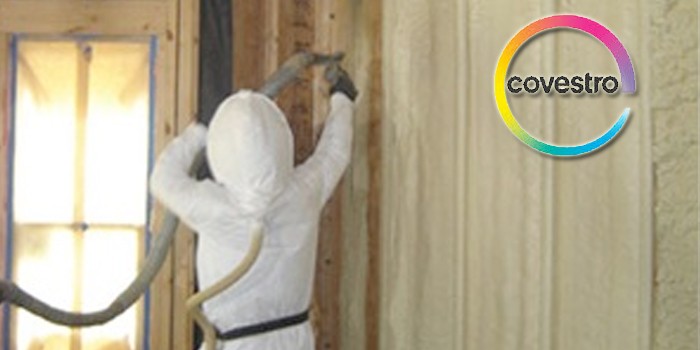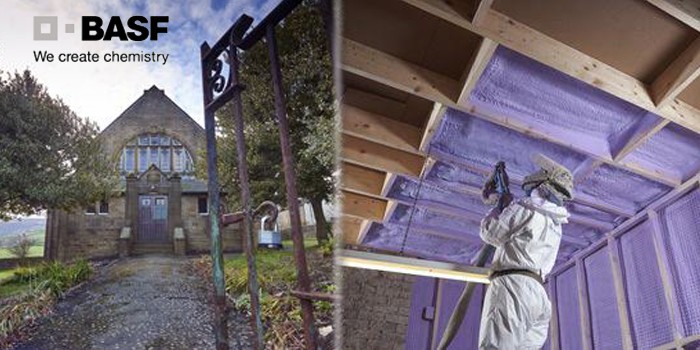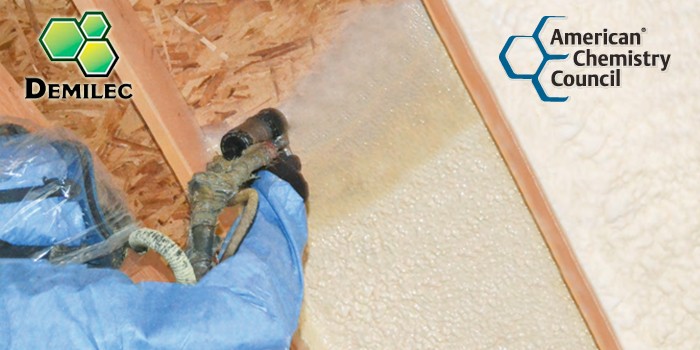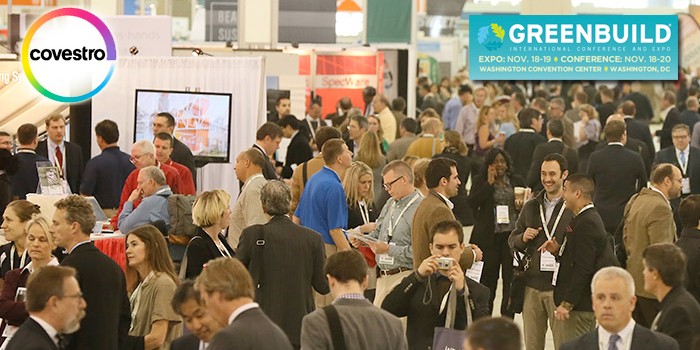Dow and Philadelphia Create Contest to Find the “Coolest Block”
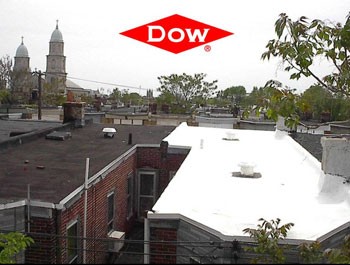
PHILADELPHIA, PA – February 2010 – The Energy Coordinating Agency of Philadelphia (ECA), the City of Philadelphia and The Dow Chemical Company, announce a city-wide contest as part of an effort to help Philadelphia become “the greenest city in America.” The “Coolest Block” contest will allow residents of Philadelphia row homes to compete to win an energy-saving “cool roof” and other energy efficient products, such as air sealing and insulation, for their entire block.
“Row homes are part of Philadelphia’s history and charm and have long been a unique architectural feature of the city,” says Liz Robinson, executive director, ECA. “The black asphalt roofs typically found on row homes not only contribute to increased energy consumption, they deteriorate more quickly than a white “cool” roof and can affect the structural integrity of the whole building. Our goal with the “Coolest Block” contest is to both conserve energy and preserve these historical homes.”
How Cool Roofs Work
Cool roofs are energy-saving white roofs that reflect the sun’s heat and help prevent it from being absorbed into the roof and house. Traditional black, asphalt roofs soak up heat and allow it to transfer into the upper floors of the home, putting a strain on air conditioning or cooling units and increasing energy costs. White cool roofs can reduce the cost of cooling a home by as much as 20%, and the exterior of the roof can be 50 – 80 degrees cooler than a black asphalt roof on a hot summer day. Cool roofs are also highly durable and require less maintenance and replacement than typical asphalt roofs.
Cool roofs are also a proven way to combat urban heat island effect, the phenomenon marked by higher temperatures and poorer air quality in cities than in surrounding areas. The urban heat island effect is caused by large expanses of asphalt and black top in urban areas, the density of man made structures, combined with relatively little vegetation or green space. Temperatures can be 10 to 15 degrees warmer in cities than in surrounding suburban and rural areas on hot summer days.
The Impact of Insulation and Air Sealing
According to the U.S. Department of Energy, proper insulation and air sealing of the home can reduce heating and cooling costs by as much as 30%. Air infiltration – which often occurs between walls and floors, around windows and doors, and through other gaps and cracks – can account for as much as 40% of heat loss in homes (source U.S. DOE). One of the best ways to insulate and air seal a row home is to use insulating foam sealants, which expand on contact to help bridge these openings, keeping heat outside during the summer and inside during the winter.
Scott Young, global director, Energy Efficiency Portfolio, Dow Building Solutions says, “Dow is committed to practical, energy-efficient solutions that make a difference in people’s lives. With our technology to help create cool roofs and our insulation and air sealing products, homeowners can look forward to more comfortable temperatures in their homes and significant savings on their monthly energy bills.”
Competing for the “Coolest Block”
Contest entrants will be judged on a range of criteria, but blocks with the most residents signed up have the best chance of winning. Residents must submit a group entry through one “block coordinator.” The coordinator may be self-selected or may be one of the city’s “block captains” who volunteer to organize their block activities on a regular basis.
Along with a cool roof, the winning block will receive:
- An energy audit – from basement to rooftop – assessing where insulation and air sealing products could help improve the home’s energy efficiency.
- Installation of Dow’s air sealants and insulation products in the participating contestants’ residential homes, in both the basement and the attic to help increase comfort and energy savings.
Entries will be reviewed by a panel of judges that includes representatives from local media, environmental organizations, and the building industry. The deadline for entry is April 5, 2010. More information and the official contest rules are available at www.retrofitphilly.com.
About Energy Coordinating Agency of Philadelphia
The Energy Coordinating Agency (ECA) is a non-profit corporation, founded in 1984, whose mission is to help people conserve energy and to promote a sustainable and socially equitable energy future for all in the Philadelphia region. Our services to low income people are at the heart of our mission and are provided in collaboration with our citywide network of 14 Neighborhood Energy Centers. In the past year, ECA provided over 40,000 low income families 86,218 energy services, valued at more than $27 million, leveraging our budget of $8.4 million more than 3 times on their behalf. These services include: budget and energy counseling; bill payment assistance; energy conservation treatments, and energy education. Our conservation services saved these families an average of 20% of their energy costs, enabling them to meet their expenses and stay in their homes.
About Greenworks Philadelphia
Mayor Michael Nutter created the Mayor’s Office of Sustainability (MOS) to help the city leverage its existing assets and mitigate its exposure to the effects of global warming. This means changing the way that government does business. It also means giving citizens the tools they need to lower their own carbon emissions and reduce their vulnerability to increasing energy costs. Sustainability is a core mission for the Nutter Administration and the work of MOS, primarily through the implementation of Greenworks Philadelphia, will help decrease the city’s vulnerability to energy prices and climate change, increase our capacity to compete in global markets for new jobs and new businesses, and ensure that all residents share in the city’s prosperous future.
About The Dow Chemical Company
Dow combines the power of science and technology with the “Human Element” to passionately innovate what is essential to human progress. The Company connects chemistry and innovation with the principles of sustainability to help address many of the world’s most challenging problems such as the need for clean water, renewable energy generation and conservation, and increasing agricultural productivity. Dow’s diversified industry-leading portfolio of specialty chemical, advanced materials, agrosciences and plastics businesses delivers a broad range of technology-based products and solutions to customers in approximately 160 countries and in high growth sectors such as electronics, water, energy, coatings and agriculture. In 2009, Dow had annual sales of $45 billion and employed approximately 52,000 people worldwide. The Company’s more than 5,000 products are manufactured at 214 sites in 37 countries across the globe. References to "Dow" or the "Company" mean The Dow Chemical Company and its consolidated subsidiaries unless otherwise expressly noted. More information about Dow can be found at www.dow.com.
About Dow Building & Construction
A business group within Dow’s Advanced Material Division, Building & Construction is comprised of two business units – Dow Building Solutions and Dow Construction Chemicals – each of which offer strengths in channel management, branding, technology development / support and demand creation. The two business units collectively employ about 1,700 people worldwide, and generate almost $2 billion of revenue while operating more than 30 plants worldwide. Through its strong sales support, customer service and building science expertise, Dow’s Building & Construction business units provide meaningful solutions for customers today, while also addressing the industry's emerging needs and demands with advanced industry knowledge.
More information about RetroFIT PHILLY is available at www.retrofitphilly.com. For further information, please contact Lindsay Lathrop, Marketing Communications Manager, The Dow Chemical Company, at (215) 592.2184, llathrop@dow.com; or Marissa Peterson of Gibbs & Soell Public Relations, at (212) 697-2600, mpeterson@gibbs-soell.com
Disqus website name not provided.





